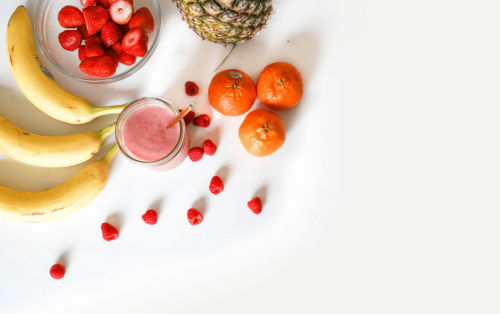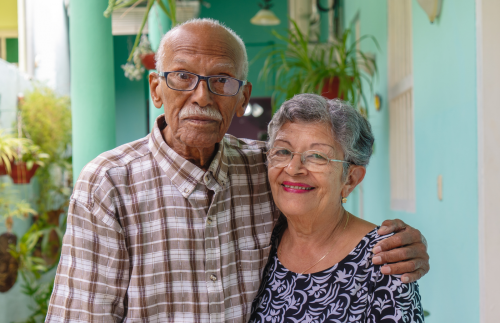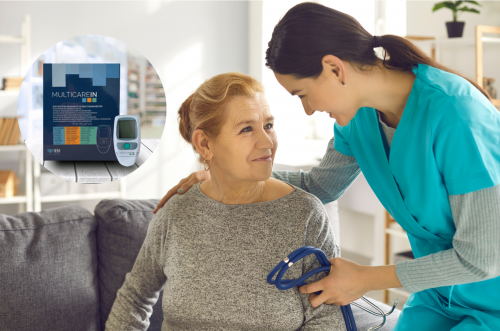A stroke is a serious life-threatening medical condition that happens when the blood supply to part of the brain is cut off. The sooner a person receives treatment for a stroke, the less damage is likely to happen.
Symptoms of a stroke
The main symptoms of stroke can be remembered with the word FAST:
- Face – the face may have dropped on 1 side, the person may not be able to smile, or their mouth or eye may have dropped.
- Arms – the person with a suspected stroke may not be able to lift both arms and keep them there because of weakness or numbness in 1 arm.
- Speech – their speech may be slurred or garbled, or the person may not be able to talk at all despite appearing to be awake; they may also have problems understanding what you're saying to them.
- Time – it's time to dial hospital immediately if you see any of these signs or symptoms
Causes of a stroke
Like all organs, the brain needs the oxygen and nutrients provided by blood to function properly. If the supply of blood is restricted or stopped, brain cells begin to die. This can lead to brain injury, disability, and possibly death.
There are 2 main causes of strokes:
- ischaemic – where the blood supply is stopped because of a blood clot, accounting for 85% of all cases
- hemorrhagic – where a weakened blood vessel supplying the brain bursts
There's also a related condition called a transient ischaemic attack (TIA), where the blood supply to the brain is temporarily interrupted. This causes what's known as a mini-stroke. It can last a few minutes or persist for up to 24 hours. TIAs should be treated urgently, as they're often a warning sign you're at risk of having a full stroke in the near future.
Certain conditions increase the risk of having a stroke, including:
- high blood pressure (hypertension)
- high cholesterol
- irregular heartbeats (atrial fibrillation)
- diabetes
Treating a stroke
Treatment depends on the type of stroke you have, including which part of the brain was affected and what caused it. Strokes are usually treated with medicine. This includes medicines to prevent and dissolve blood clots, reduce blood pressure and reduce cholesterol levels. In some cases, procedures may be required to remove blood clots. Surgery may also be needed to treat brain swelling and reduce the risk of further bleeding if this was the cause of your stroke.
Preventing a stroke
You can significantly reduce your risk of having a stroke if you:
- eat well
- take regular exercise
- quit smoking
- do regular blood fat monitoring at home
For monitoring blood sugar, cholesterol, triglycerides, and uric acid, PT Isotekindo Intertama has a special product, namely the Multisure GCTU Monitoring System. The Multisure GCTU Monitoring System offers a quick and easy way to test blood glucose, cholesterol, and triglycerides using test strips.
There are features and benefits of the Multisure GCTU Monitoring System:
Short testing time Multisure GCTU Monitoring System only takes 5 seconds for the glucose test and 60 seconds for the Cholesterol, Triglyceride test, and 10 seconds for the Uric Acid test, so the testing time is efficient.
- Parameter 4 in 1: Inspection costs are cheaper & practical directly for 4 tests using the Multisure GCTU Monitoring System
- Data memory up to 1.000, Multisure GCTU Monitoring System has a large memory capacity making it easier to validate previous test results
- Multisure GCTU Monitoring System is equipped with a test strip ejector, safe to use, no need to pull the test strip
Customizable, the tool that can be used by men & women is equipped with a correction factor so that the measurement results are accurate using the Multisure GCTU Monitoring System.
If you have a condition that increases your risk of a stroke, it's important to manage it effectively. For example, taking medicine you've been prescribed to lower high blood pressure or cholesterol levels. If you've had a stroke or TIA in the past, these measures are particularly important because your risk of having another stroke is greatly increased.
References:
- Insert Pack Multisure GCTU Monitoring System
- CDC (2022). Prevent Stroke
- Harvard Health Publishing (2022). 7 things you can do to prevent a stroke






